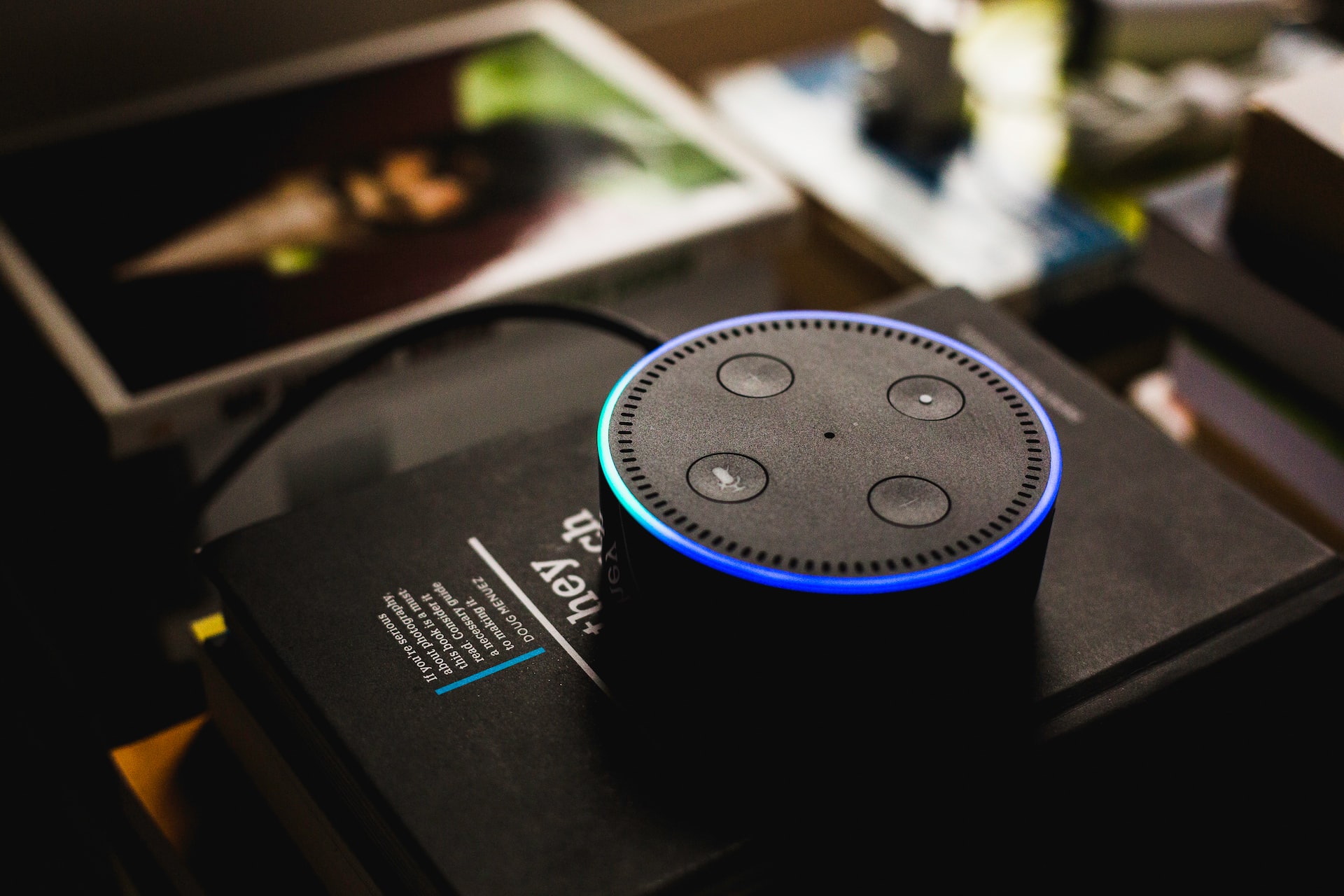Exploring the World of the Internet of Things: How IoT is Transforming Industries and Enabling New Applications

The Internet of Things (IoT) refers to the interconnected network of physical devices, vehicles, buildings, and other objects that are embedded with sensors, software, and network connectivity, allowing them to collect and exchange data. The IoT enables these objects to connect and communicate with each other and with external systems and networks, enabling a wide range of applications and services.
The Internet of Things (IoT) has the potential to transform various sectors and industries, including healthcare, transportation, agriculture, energy, and manufacturing. It allows for the automation and optimization of processes and tasks, enabling organizations to improve efficiency, reduce costs, and enhance customer experiences.
Some key components of the IoT include:
1. Sensors and actuators
Sensors and actuators are the devices that collect data from the environment and perform actions based on that data. Sensors can measure various physical and environmental parameters, such as temperature, humidity, pressure, and motion, and transmit this data to a central system. Actuators can perform actions based on this data, such as controlling lights, motors, and other devices.
2. Connectivity
The IoT requires connectivity to enable devices to communicate with each other and with external systems and networks. This can be achieved through various technologies, such as Wi-Fi, Bluetooth, cellular, and low-power wide-area networks (LPWAN).
3. Cloud computing
Cloud computing plays a critical role in the IoT, providing the infrastructure and services needed to store, process, and analyze the large volumes of data generated by IoT devices.
4. Data analytics
Data analytics is used to process and analyze the data collected by IoT devices to extract insights and make informed decisions. This can be achieved through various techniques, such as machine learning, artificial intelligence, and statistical analysis.
Some potential applications and benefits of the IoT include:
1. Smart cities
The IoT can be used to create smart cities, where various systems and devices are interconnected and integrated to improve the quality of life and efficiency of city services, such as transportation, energy, and public safety.
2. Smart homes
The IoT can be used to create smart homes, where various devices and systems are interconnected and integrated to automate and optimize tasks, such as security, lighting, heating, and entertainment.
3. Industrial automation
The IoT can be used to automate and optimize various processes and tasks in industrial settings, such as manufacturing, energy, and agriculture.
4. Connected vehicles
The IoT can be used to enable connected vehicles, which are equipped with sensors and connectivity to communicate with other vehicles, infrastructure, and external systems. This can enable a range of applications and services, such as collision avoidance, traffic optimization, and real-time traffic updates.
5. Healthcare
The IoT can be used to enable remote monitoring and management of patient’s health, allowing for the early detection of health issues and the provision of timely and appropriate care.
6. Agriculture
The IoT can be used to optimize and automate various tasks in the agriculture industry, such as irrigation, pest control, and crop monitoring.
7. Energy
The IoT can be used to optimize and automate various tasks in the energy industry, such as the management of renewable energy sources and the optimization of energy consumption.
In summary, the Internet of Things (IoT) refers to the interconnected network of physical devices, vehicles, buildings, and other objects that are embedded with sensors, software, and network connectivity, allowing them to collect and exchange data.
The IoT enables these objects to connect and communicate with each other and with external systems and networks, enabling a wide range of applications and services.
Some key components of the IoT include sensors and actuators, connectivity, cloud computing, and data analytics. Some potential applications and benefits of the IoT include smart cities, smart homes, etc.






